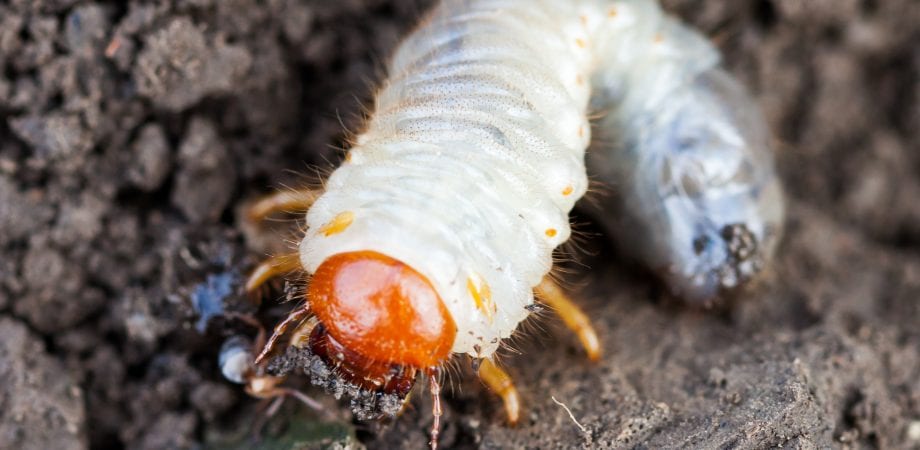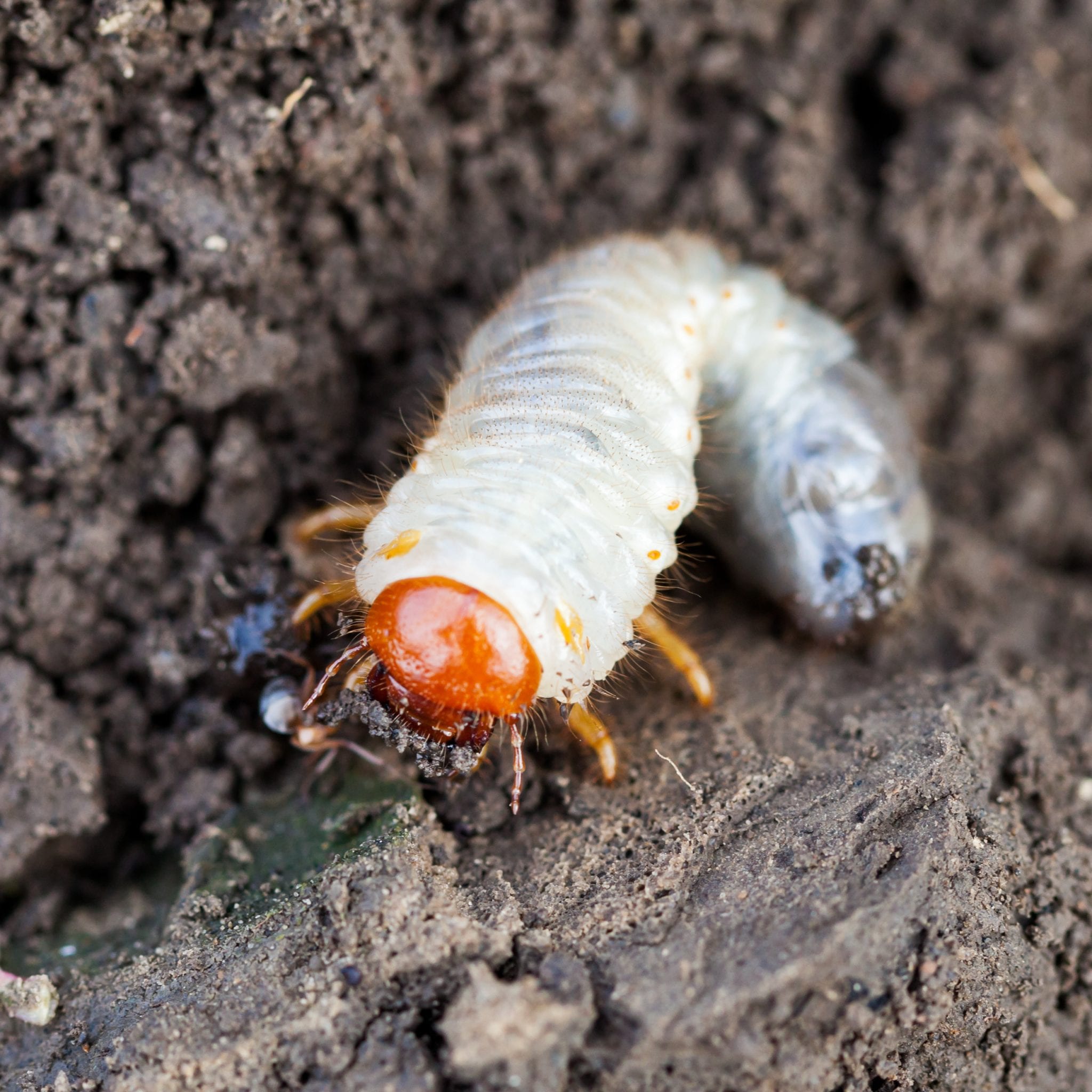Land Shrimp Season

 |
Reflecting on conversations with customers over the past week, I think the topic of grubs came up frequently. Ohio State must have been receiving calls as well since Dr. Shetlar did an OTF Turf Tips video on the topic.
So, let’s talk about grubs!
Brad Emerick wrote an excellent blog regarding grubs in August. At that time, all the control options were still open. Dr. Shetlar felt pretty good about imidacloprid, even thru week 2 of September (at least in Central Ohio). Now, he is not feeling as good. We are primarily dealing with third instars or as Dr. Shetlar refers to them, land shrimp.
At this point in time the question is, to treat or not to treat? To reach an answer to that question you must complete an inspection. If you are encountering 6 or more active grubs (in a square foot) at the surface of your turf, an application may be in order. Treatment options at this point are clothianidin (Arena or ArmorTech Guillotine) or Dylox 6.2. The larger white grubs do not feed as heavily, so a material that has dermal activity is necessary. Clothianidin is systemic like other neo-nicitinoid products, but it has proven effective on larger grubs and has some dermal activity. It works nearly as fast as Dylox and probably has a better label for LCO’s with regards to watering requirements. Dylox is still an option. Just make sure your turf gets watered in the same day as the application. Also, if the area to be treated is not irrigated and is dry prior to the application, add moisture in the ground ahead of the application.
The option to not apply an insecticide may be supportable. Perhaps you have grub damage, but are finding few if any grubs at the surface. This may be especially true under dry soil conditions. The grubs may have fed long enough and are fat and happy and are heading down where they can find a little moisture. If post application irrigation is not an option, and rain is not certain, there would be little benefit to an insecticide application. Also, forgoing the application of an insecticide may be supportable when skunks, raccoons, crows or other grub forager du jour have shredded your turf to the point where recovery is not going to happen. Turf re-establishment is necessary and the money for insecticide would be better spent on seed and starter fertilizer. One nice thing about grubs is they do prepare a sweet seed bed.
Speaking of grub foragers, one consideration is to apply a material such as Milorganite. This fertilizer seems to deter the critters from foraging in your turf. I have no test data to support this, but Dr. Shetlar often mentions it. Anecdotally, one of my customers has tried it and said it made a noticeable difference between his customer’s lawn and the abutting lawn that was not a customer.
Whether you are applying an insecticide for grubs at this late stage of the game or are re-establishing the grass from seed or sod, watering will be critical. I believe conditions are about as dry now as they have been all season. A customer shared with me that he saw a company, which services irrigation systems, doing end of the year blowouts. Bad move. That initial watering following the grub control may need to be as much as a half-inch. Continue to water to encourage the damaged grass to reroot or to promote the establishment of new grass.
To avoid a land shrimp situation next season, remember, “an ounce of prevention is worth a pound of cure.” Work with your ATS rep to come up with the timing and products that make the most sense for you and /or your customers. Have a great fall.
P.S. Grubs are a delicacy in some cultures. See barbeque recommendations below.
Barbecued Grubs
Witchetty grubs, the larvae of a moth in Australia, are frequently dined upon as an appetizer and have the flavor of nuts. The grubs, held in place on pieces of wire, are roasted over a fire. You will need to cook the grubs for two minutes on each side for the meat to become white and chewy and the skin crusty. Find more on the Witchetty grub here.
Doug Dawson
ATS Sales Representative







